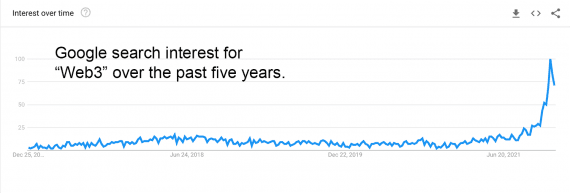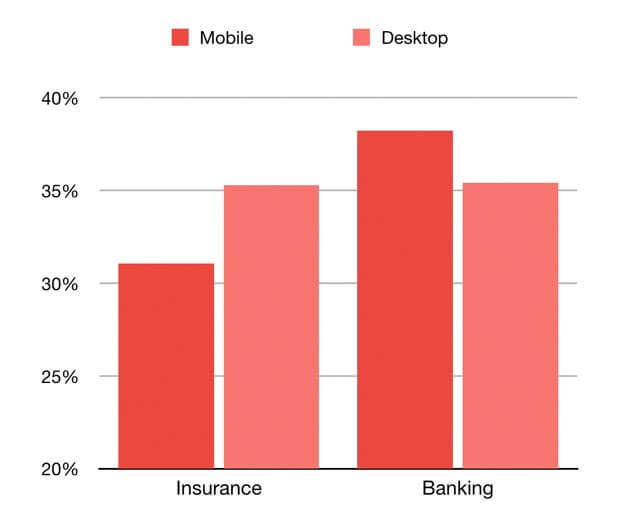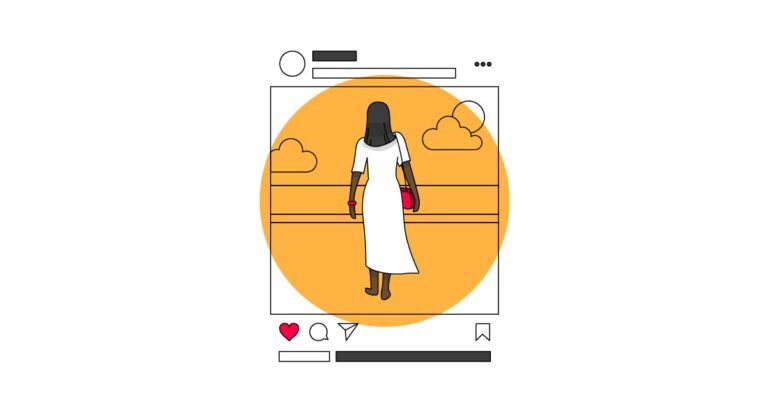
If you own an ecommerce store, you know that one of the biggest hurdles your business faces is delivering relevant experiences and recommendations to your new and returning customers.
One of the drawbacks of online shopping for many people is the lack of intimacy and human connection. Part of what makes Amazon so effective is that it presents the most personalized and fine-tuned experience possible for visitors. It uses your name; it surfaces your recent searches; it encourages you to buy what it knows you like.
The future is about personalization. So how do you start displaying relevant experiences for your customers?
Personalizing how your site, your products, and your marketing materials appear to your customers and fans makes them much more likely to convert. According to Epsilon, 80% of people are more likely to do business with a company if it offers personalized experiences.
How do you personalize your emails? Let us know in the comments!
Situation-specific landing pages
If you use email retargeting software correctly, you can also send a personalized email to a new or potential customer complete with a review of what they browsed, related items, and incentives for making a purchase now, such as free shipping.
You can combine product recommendations with cookie retargeting as mentioned above, so each time a user visits your website, you serve them relevant products that will make them more likely to convert.
If you run social media ads promoting a deal, or another site includes you in a roundup of great places to find a certain product, you’ll want to appeal to your new visitors who came to you for a specific reason. To do this, create deal-specific or situation-specific landing pages welcoming your new prospective customers and curious visitors. You can create a link that sends those who click it to a specific landing page that reflects the context in which they discovered it.
Cookie retargeting
One of the more jarring situations for an ecommerce customer is when they click on a link for a deal or for a specific product, only to arrive at that site to find no relevant copy or graphics that confirm what the ad promised. With no mention of a deal or their desired item in sight, the customer clicks away, not wanting to waste their time.
If you visit a brick-and-mortar store, the salespeople there might effectively upsell or cross-sell to you by noting what you bought, and suggesting what goes well with that purchase. We can apply the same principle to shopping online.
- Pick up where they left off: Did they journey to the women’s styles section of your site before they left last time? Don’t drop them off on the men’s page, or even your homepage—direct them to the proper vertical.
- Cart abandonment: One of the most painful experiences for an ecommerce business owner is when a visitor puts items in their cart, only to leave before confirming the purchase. Save that cart for when they return and encourage them to seal the deal.
- Returning visitor coupons: Did someone browse your pages for a while before leaving without making a purchase? Wouldn’t it be nice to know if the reason they left was your prices? Confirm your suspicions by offering a small discount to repeat visitors, and see if they change their behavior afterward.
Knowing who has visited your site and how they behaved goes a long way in helping you create a more personalized experience upon their return.
Product recommendations
Not all of your ecommerce personalization needs to take place on-site. One of the best digital marketing tools with the highest ROI is email marketing—and you can adjust these communications to reflect what visitors have already seen and done on your site.
An ecommerce store that offers visitors a mishmash of unrelated items without any understanding of the customer’s apparent preferences risks, at minimum, failing to cross-sell effectively. And at worst, you might drive that customer away for good. How else should they feel if, after buying a pair of women’s sandals, you offer them a men’s tuxedo?
This landing page can be similar to your regular homepage, but with different banners or copy that welcomes these visitors coming from specific channels, sites, or situations. Now, when potential customers arrive, they know that you’re expecting them.
Why? Because a business that doesn’t speak to its customers isn’t speaking to anyone in a meaningful way, leading to fewer conversions and sales. You’re just shouting at the internet and whomever happens to stumble by your site.
Emails based on past behavior
Many of the top ecommerce platforms come with helpful personalization tools. But if you’re looking for places to start, here’s a list of four ways to create more personalized ecommerce experiences.
Many top ecommerce platforms and/or email marketing platforms will help you send automated follow-up emails to customers who fall into a variety of buckets, including:
- Cart abandonment: Another avenue for getting people to complete their near-purchase is to meet them in their inbox and encourage them to make things official.
- “We miss you”: Has it been a while since a user visited your site or opened your communications? Let them know you’re thinking about them with an email that includes links to products they’ve viewed before, plus an update on what’s new.
- Purchase follow-up: Now that you’ve converted a user to a customer, it’s time to work at retaining them—especially since retaining a customer costs five times less than acquiring a new one. Send a follow-up email that addresses their recent purchase and encourages them to come back for more (tactics include issuing a discount code for their next purchase or highlighting relevant cross-sells).
Once you’ve delivered a cookie to a visitor, you should be able to adjust their experience on your website in a few key ways, including:
You can use browser cookies—the technical term for a packet of data that a website sends a user’s computer as a way to keep track of that computer’s visits and activity—to more efficiently serve returning customers.
Your ecommerce business can do a lot of the same things. It starts with recognizing the power of personalization. Once you see how tweaking little aspects of your ecommerce business in this way affects your bottom line, you won’t know how your business survived without it.
An email that isn’t personalized—from the subject line to the content inside—is less likely to make an impression on recipients, especially those who are new to your brand. By personalizing your emails (not to mention the rest of your site), you’ll make your mark.
Using a product recommendation engine, you can present relevant recommendations to shoppers in a variety of categories. The “Visitors who viewed this topic also viewed” grouping delivers the best ROI of any recommendation suggestion; other revenue-generating recommendations include “You might also like” and “Trending in this category.”






